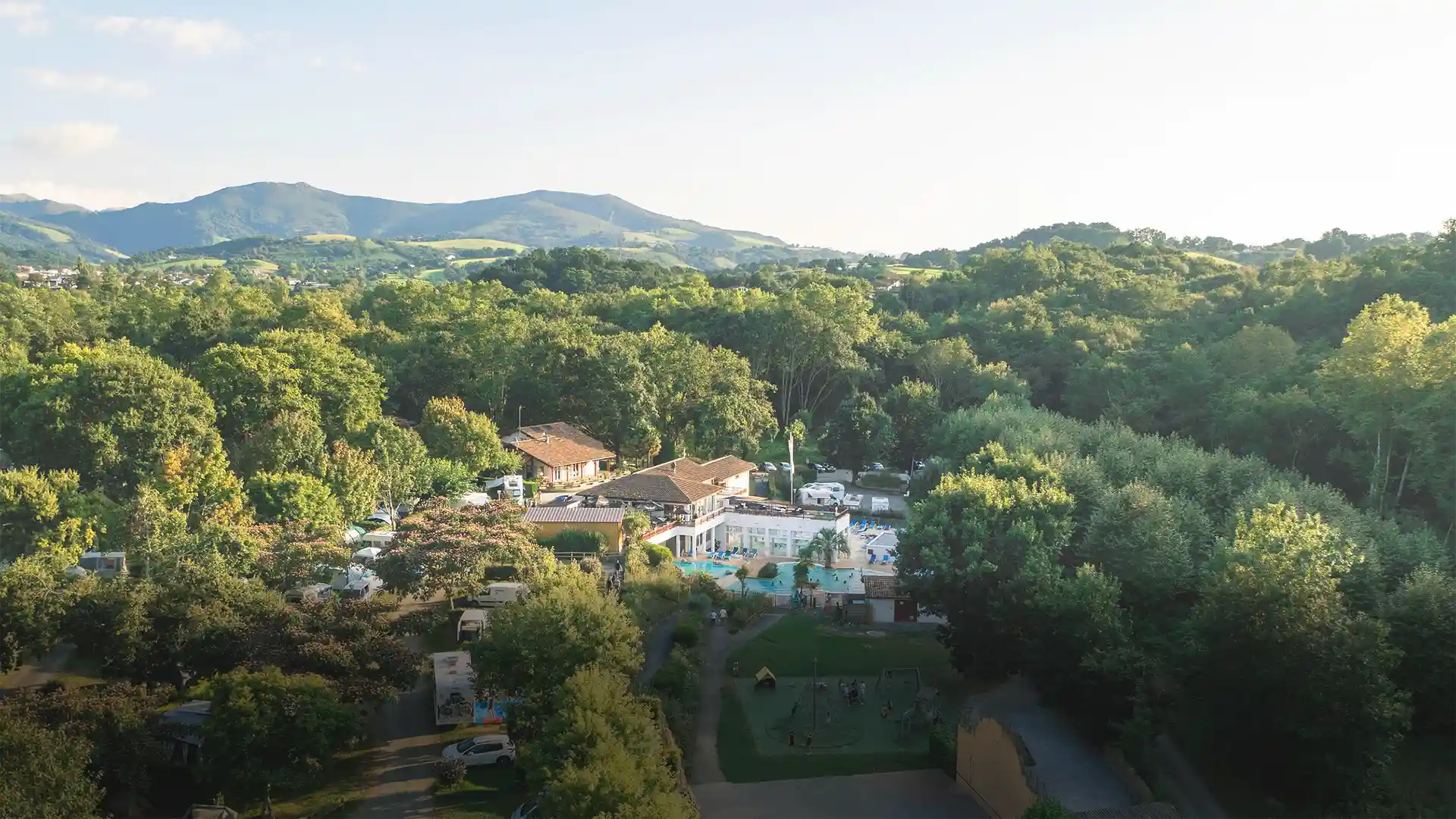The Basque Country in 5 iconic objects
Discover the Basque Country through 5 cult objects, reflecting its identity, know-how and history.

The makila
The makila (or makhila) is the traditional Basque shepherd’s staff, carved from medlar wood and sometimes dressed in leather and finely carved metal. According to tradition, each makila bears the name and motto of its owner. In the past, it was given to young boys to mark their entry into adulthood. It can be used in a variety of ways: as a walking stick, as a goad for driving carriages, or as a formidable hand weapon – the origin of the bayonet invented in Baiona, Galicia, and the ancestor of the sword cane. The steel point hidden beneath its engraved pommel could be used by the pilgrim in case of danger. In Larressore, the Ainciart Bergara workshop is one of the last places where makhilas are still made by hand.
The Yatagan
The Yatagan is the traditional Basque knife, once used by shepherds and tobacco farmers in south-western France. Its name and shape are inspired by the yatagan, a Turkish sword with a curved blade. This folding knife is approximately 12 cm long and traditionally engraved with various symbols, such as the famous Basque cross (Lauburu). A special version of this pocket knife is made from medlar wood, the traditional scarified wood used to make the famous makila. A lovely souvenir to take home with you from your camping vacation in the Basque Country!
La chistera
The Basque Country means pelota! To play this emblematic South-Western sport, you use a chistéra, a long, narrow wicker glove in the shape of a curved gutter, which is used to send the ball back against the fronton. Originally, the “txistéra” (wicker basket) was used to pick grapes. Today, only one family of craftsmen, based in Anglet, still makes these famous chestnut and wicker gloves in the traditional way: cut, shaped and braided by hand. Each chistera requires between 20 and 25 hours of work. For some years now, plastic chisteras for children have been flourishing in sports stores.
The beret
Contrary to what you might think, the Basque beret isn’t Basque, it’s Bearnais. No matter, it was born in the heart of the Pyrenees mountains, and is best worn in the Basque Country! Although it’s not worn as much as it used to be, it’s still very present in the countryside and appeals to the younger generation at férias, particularly in Bayonne, where the famous red beret is the order of the day. Intimately linked to the mountains, this supple wool or felt headgear became the hat of the “soldiers of the mountains”: the famous alpine hunters. Today, there are hardly any 100% French beret workshops left, and the last ones are all in the Pyrénées-Atlantiques region.
The espadrille
In the Basque country, the iconic shoe is the espadrille ! Worn by the King of Aragon ‘s foot soldiers from the early 12th century, this famous cotton canvas sandal, hand-sewn on a jute sole, became very popular in Béarn and the Basque country in the 18th century. Capital of Soule, Mauléon-Licharre has also been the espadrille capital of the Basque Country for over a century. Here, the finest craftsmen have created a true fashion icon: the 425, the original model. Atelier Don Quichosse is the only manufacturer to have been awarded the “Entreprise du Patrimoine Vivant” label.


